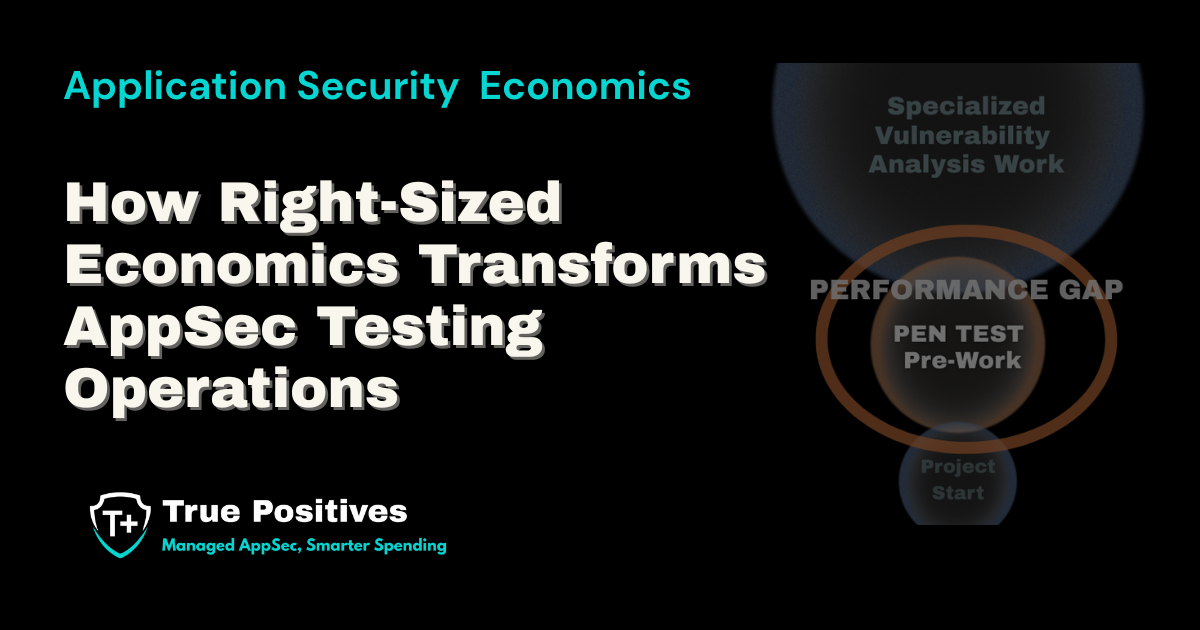Data Security Compliance: How AST Helps with PCI DSS, HIPAA & More
In today's digital landscape, applications are the lifeblood of businesses, but they also represent a significant security risk. Cyberattacks targeting vulnerabilities in software are increasingly sophisticated, and the consequences of a breach can be devastating. That's why application security testing (AST) has become a critical component of risk management strategies.
But AST isn't just about safeguarding your data and systems; it's also about adhering to an increasingly complex web of regulatory requirements. This blog post will look at AST, its importance, and how it can help your organization meet key compliance standards.
What is Application Security Testing (AST)?
Application Security Testing (AST) is a broad term that encompasses a variety of methodologies and tools used to identify security vulnerabilities within software applications. AST can be performed at various stages of the software development life cycle (SDLC), including:
- Static Application Security Testing (SAST): Analyzes source code without executing it to find potential vulnerabilities.
- Dynamic Application Security Testing (DAST): Tests running applications to identify vulnerabilities in real-time.
- Interactive Application Security Testing (IAST): Combines elements of SAST and DAST for a more comprehensive analysis.
- Software Composition Analysis (SCA): Identifies and evaluates open-source components for known vulnerabilities.
With each of these comes a different set of application security testing tools and more.
Why is AST Essential for Regulatory Compliance?
Numerous regulatory frameworks mandate specific security measures to protect sensitive data. Furthermore, failure to comply with these regulations can result in hefty fines, legal repercussions, and reputational damage.
Here's how AST can help you meet these obligations:
- Identifying and Remediating Vulnerabilities: AST helps uncover security flaws in your applications before they can be exploited by attackers.
- Demonstrating Due Diligence: Regularly performing AST shows regulators that your organization is taking proactive steps to secure its systems.
- Meeting Specific Requirements: Many regulations, such as PCI DSS and HIPAA, have explicit clauses mandating regular security testing and vulnerability management.
- Building a Security-First Culture: AST fosters a culture of security within your development teams, improving overall security posture.
Key Regulatory Frameworks and AppSec Testing
Let's explore some of the most prominent regulatory frameworks and how AST plays a role in compliance:
Payment Card Industry Data Security Standard (PCI DSS)
If your organization handles credit card data, you must comply with PCI DSS. This standard is designed to protect cardholder data and reduce fraud.
- Requirement 6.5: Specifically mandates that organizations develop and maintain secure systems and applications. This includes regularly testing for vulnerabilities using tools like DAST and SAST.
- Reference: The official PCI Security Standards Council website provides comprehensive details: https://www.pcisecuritystandards.org/
Health Insurance Portability and Accountability Act (HIPAA)
HIPAA governs the protection of patient health information (PHI). It requires healthcare providers and their business associates to implement technical, physical, and administrative safeguards to protect PHI.
- Technical Safeguards: These include implementing security measures like access controls, audit controls, and integrity controls to ensure the confidentiality, integrity, and availability of electronic PHI (ePHI). AST tools help identify and address vulnerabilities in healthcare applications.
- Reference: The U.S. Department of Health & Human Services provides HIPAA resources: https://www.hhs.gov/hipaa/index.html
General Data Protection Regulation (GDPR)
The GDPR applies to any organization that processes the personal data of EU citizens. It emphasizes data protection by design and default.
- Article 32: Requires organizations to implement appropriate technical and organizational measures to ensure a level of security appropriate to the risk. This includes regular testing and assessment of the effectiveness of these measures. AST is a key tool for organizations to ensure their applications meet GDPR requirements.
- Reference: The official GDPR website provides comprehensive information: https://gdpr-info.eu/
Other Industry-Specific Regulations:
- Sarbanes-Oxley Act (SOX): Focuses on financial reporting and internal controls. Organizations subject to SOX often use AST to ensure the security of their financial systems.
- Gramm-Leach-Bliley Act (GLBA): Requires financial institutions to safeguard customer information. AST helps these institutions identify vulnerabilities in their applications.
- North American Electric Reliability Corporation Critical Infrastructure Protection (NERC CIP): Sets standards for securing the bulk electric system. AST is used to assess the security of critical energy infrastructure applications.
Choosing the Right AST Tools and Strategy
Selecting the appropriate AST tools and implementing an effective AST strategy requires careful consideration. Here are some key points:
- Assess Your Needs: Consider the size and complexity of your applications, your development processes, and your budget.
- Choose the Right Tools: Different AST tools excel at different types of testing. Combining multiple tools may provide the most comprehensive coverage.
- Automate Wherever Possible: Automation can significantly streamline your AST efforts, especially in CI/CD pipelines.
- Integrate AST into Your SDLC: Incorporating AST early in the SDLC (Shift Left) helps identify and fix vulnerabilities sooner, saving time and resources.
- Partner with Experts: If you lack in-house expertise, consider working with a security consultant or managed security service provider (MSSP).
Learn how to choose the right application security testing tools for your organization with our ultimate guide.
Conclusion: AST is Your Compliance Ally
Application security testing isn't just a checkbox for compliance—it's a fundamental component of a robust security strategy. By investing in AST, you're not only protecting your organization from cyber threats but also ensuring that you meet regulatory obligations and build trust with your customers.
In a world where software vulnerabilities are constantly exploited, staying ahead of the curve is paramount. Embrace AST as your compliance ally, and fortify your applications against the ever-evolving threat landscape.
To learn more about how True Positives can help - schedule a free AppSec consultation today.
.png)
About True Positives
True Positives is a cybersecurity services firm focused on application security. Our team possesses over 100 years of combined enterprise AppSec and DevSecOps expertise. Through our flagship managed services, organizations access enterprise-grade security testing without internal overhead. Our value-added reseller partnerships enable enterprises to construct robust in-house programs with proven tooling and implementation expertise. Serving clients in either capacity, we focus on strengthening security assurance while maintaining development velocity and optimizing program costs. Contact us to discuss your security testing requirements.
%2008%2014%202025%20(4).webp?width=1200&height=400&name=Copy%20of%20%20T%2B%20Logo%20Webpage%20Header%20(500X170)%2008%2014%202025%20(4).webp)


